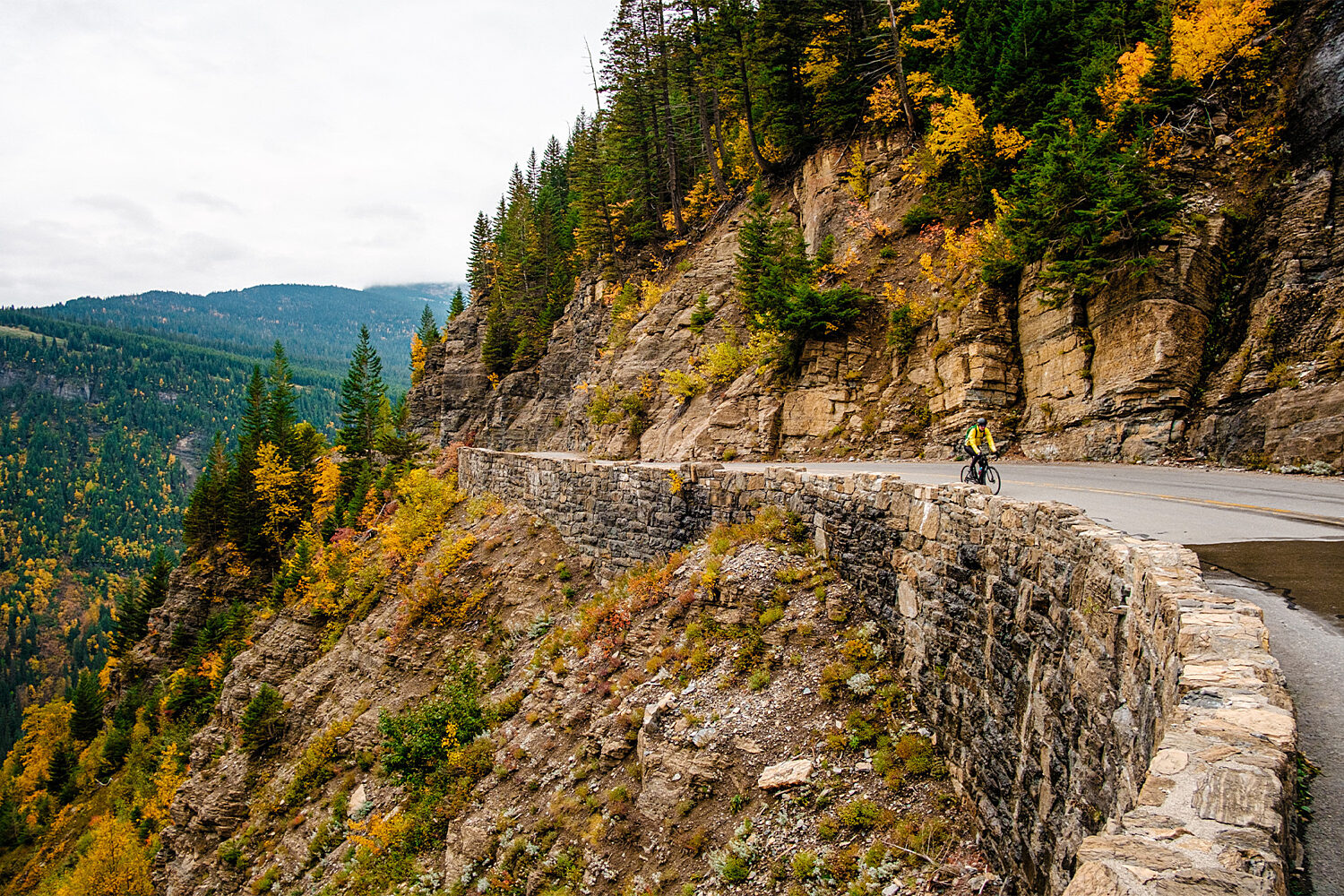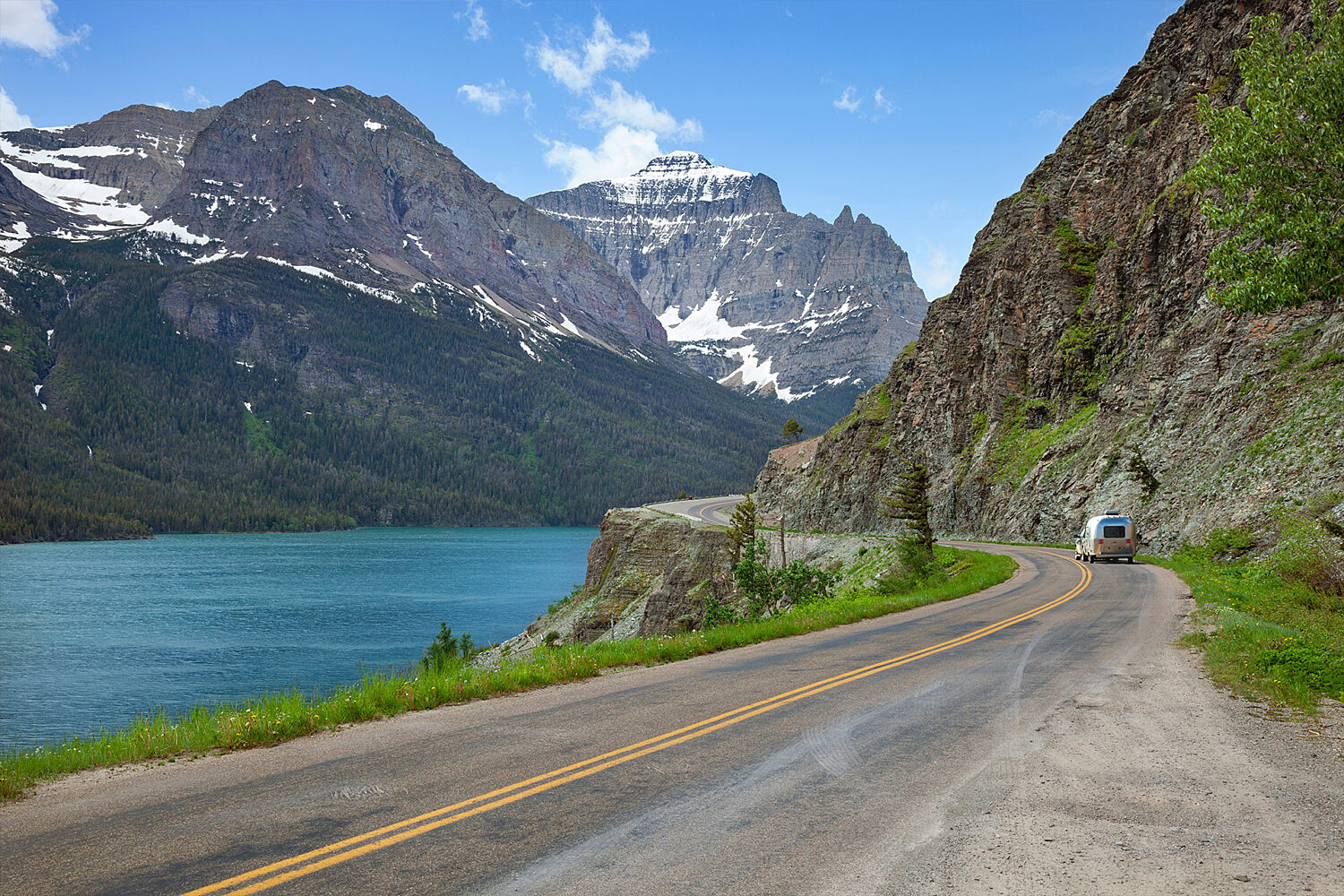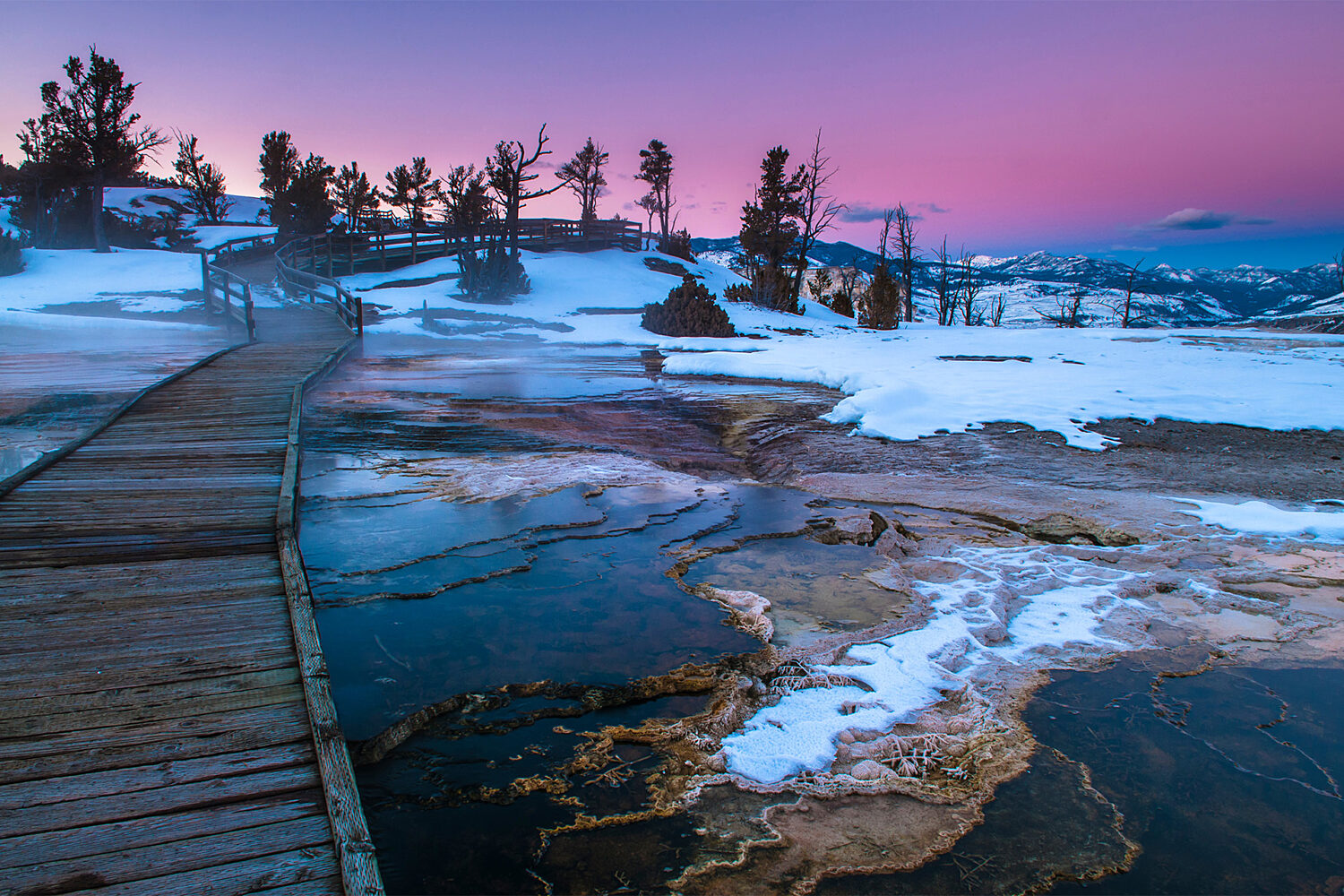
What Is the Best Time of Year to Visit Montana?
10/01/2025
Montana's vast wilderness, towering peaks, and pristine lakes make it one of America's most spectacular destinations. From the iconic vistas of Glacier National Park to the geothermal wonders of Yellowstone, Big Sky Country offers year-round adventures that vary dramatically with the seasons.
But when exactly is the best time of year to visit Montana? The answer depends on what you're seeking — whether it's summer's endless outdoor activities, winter's snow-covered serenity, or the quiet charm of shoulder seasons.
Planning the perfect Montana getaway? Book a stay at one of our comfortable hotels or full-service RV parks.

Summer in Montana: Peak Season
Summer is undoubtedly Montana's most popular season, and for good reason. From June through September, the weather is at its most reliable, with daytime temperatures typically ranging from 70-85°F in lower elevations and 60-75°F in mountain areas. Nights cool to a comfortable 40-55°F.
Montana’s warm summer days are perfect for hiking, fishing, and camping. This is when Glacier National Park's famous Going-to-the-Sun Road is fully accessible, revealing breathtaking alpine vistas that draw millions of visitors annually.
Summer visitors to the Bozeman area will find endless hiking opportunities in the nearby Gallatin Range, while those staying near Yellowstone can explore the park's full network of trails and geothermal features. The key to a successful summer Montana trip is booking early — our Yellowstone accommodations fill up quickly during peak season!
Summer Advantages:
All trails and park roads are typically open
Warm weather ideal for camping and outdoor activities
Long daylight hours (up to 16 hours in late June)
Perfect conditions for fishing, boating, and water sports
Summer Drawbacks:
Highest prices and booking competition
Crowded attractions, especially in National Parks
Booking accommodations well in advance is essential
Wildlife may retreat to higher elevations to avoid the heat

Winter in Montana: Snowy Season
Winter transforms Montana into a completely different destination. From December through March, the state becomes a playground for snow sports enthusiasts, offering some of the country's best skiing, snowmobiling, snowshoeing, and winter wildlife viewing.
Winter temperatures in Montana are notably harsh, with daytime highs typically ranging from 20-35°F and nighttime lows often dropping well below zero, sometimes reaching -20°F or colder in northern regions. Be sure to pack lots of layers for your trip!
Winter visitors often focus on lower-elevation activities and unique cold-weather experiences. Starry Night's hotels in Gardiner provide the perfect basecamp for exploring Yellowstone's winter wonderland, offering easy access to guided snowmobile tours, cross-country skiing, and wildlife photography.
Winter Advantages:
Significantly lower accommodation rates
Peaceful, uncrowded landscapes
Montana hot springs are even more enjoyable
World-class skiing at resorts like Big Sky and Whitefish Mountain
Unique wildlife viewing opportunities (wolves, bison in snow)
Cozy lodge atmosphere and holiday events
Winter Drawbacks:
Many park roads and high-elevation trails are closed
Extremely cold temperatures (often below zero)
Limited daylight hours
Weather can be unpredictable with heavy snowfall
Some tourist services may have reduced hours

Spring and Fall: Shoulder Seasons
The shoulder seasons of spring (April-May) and fall (September-November) are the best time of year to visit Montana for budget-conscious travelers and those seeking solitude. These periods offer unique advantages that many visitors overlook.
Spring temperatures gradually warm from 40-60°F in April to 55-70°F by May, while fall offers comfortable conditions with September highs of 65-75°F cooling to 45-60°F in November. Both seasons are ideal for hiking and outdoor exploration with fewer crowds.
Fall is particularly magical in Glacier National Park, where golden larches create spectacular displays. Our River Bend House vacation rental is a great place to stay in West Glacier, getting you close to all the action. If you’re coming to Montana in the spring, keep an eye out for baby wildlife!
Spring Advantages:
Wildflower blooms in lower elevations
Moderate temperatures and fewer crowds
Baby wildlife sightings
Lower accommodation prices
Waterfalls at peak flow from snowmelt
Fall Advantages:
Stunning aspen and larch color changes
Comfortable hiking temperatures
Wildlife preparing for winter (active and visible)
Harvest season activities and music festivals
Best photography lighting conditions
Shoulder Season Drawbacks:
Weather can be unpredictable
Some high-elevation areas may still have snow or early closures
Limited hours for some tourist services
The Best Time of Year to Visit Montana by Region
Different areas of Montana have distinct seasonal characteristics that can influence the best time of year to visit Montana for your specific interests.
Glacier National Park Region: The park's high elevation means a shorter summer season, typically July through September for full access. However, lower elevation areas around the park offer year-round activities. Winter brings excellent cross-country skiing and a peaceful atmosphere that showcases the park's dramatic winter beauty.
Yellowstone Area: The park's northern entrance remains open year-round, making winter visits possible. Summer offers full access to geothermal features, while fall provides excellent wildlife viewing as animals prepare for winter. Spring is also a great time to visit Yellowstone, as you might see bison calves!
Bozeman and Southwest Montana: This region enjoys some of the state's mildest weather, making it accessible year-round. The area's lower elevation means longer growing seasons and more temperate winter conditions, perfect for visitors who want outdoor activities like snowshoeing without extreme weather challenges.
Butte and Central Montana: Rich in history and culture, this area is ideal for visitors interested in Montana's mining heritage and indoor attractions during the shoulder seasons and winter months. If you want to explore the outdoors in the summer, Butte offers easy access to beautiful state parks.
Make the Most of Your Montana Visit
The best time of year to visit Montana ultimately depends on your priorities: summer for maximum outdoor access, winter for snow sports and solitude, or shoulder seasons for budget-friendly adventures with fewer crowds. Each season offers its own magic in Big Sky Country!
Regardless of when you choose to visit, selecting the right accommodations can make or break your Montana experience. Starry Night’s strategically located properties provide comfortable bases for exploring the state's diverse regions, from National Parks to cultural hubs.
Ready to experience Montana's year-round beauty? Browse Starry Night Lodging's accommodations in Yellowstone, Glacier, and Butte, and book your adventure before spots fill up!